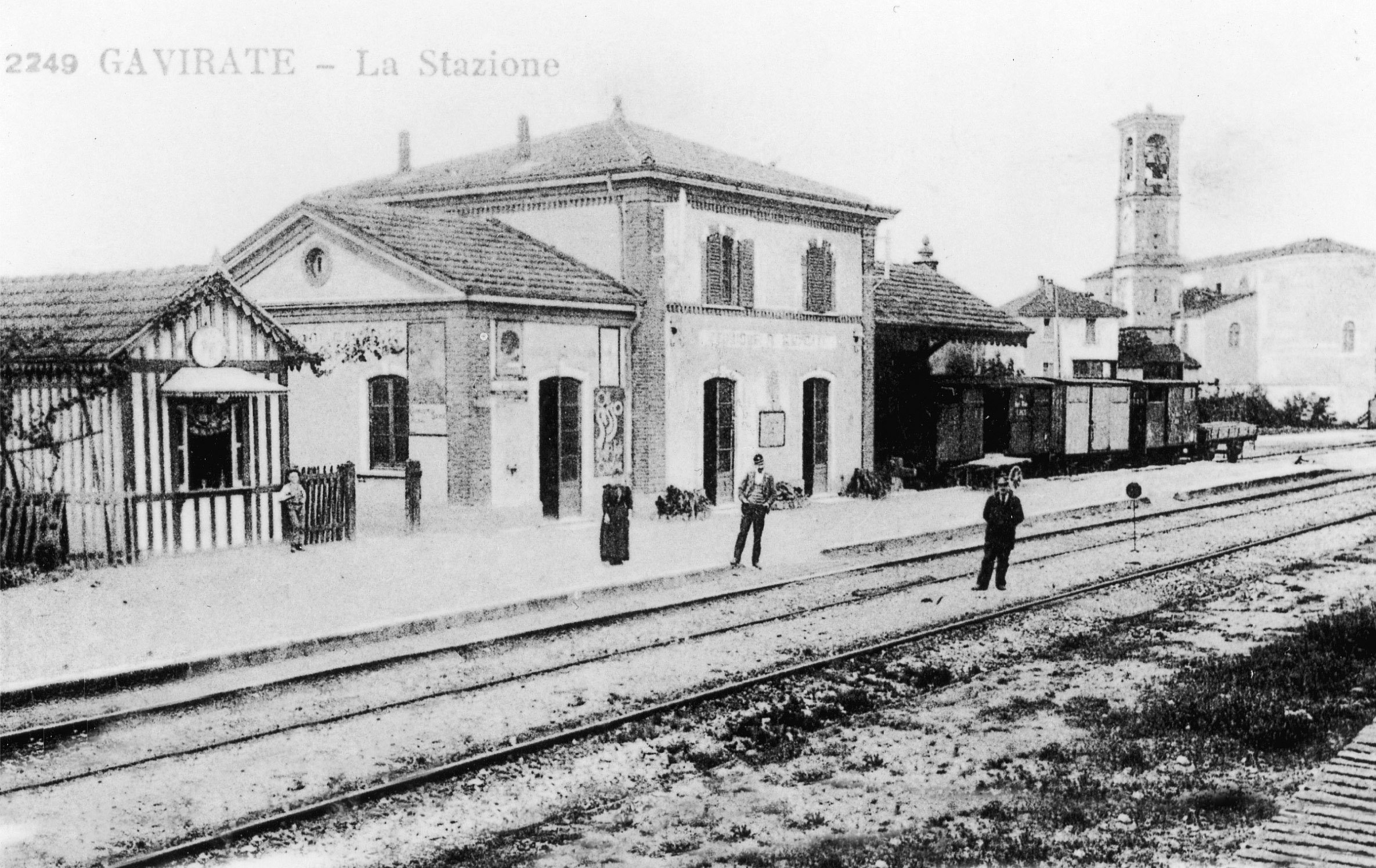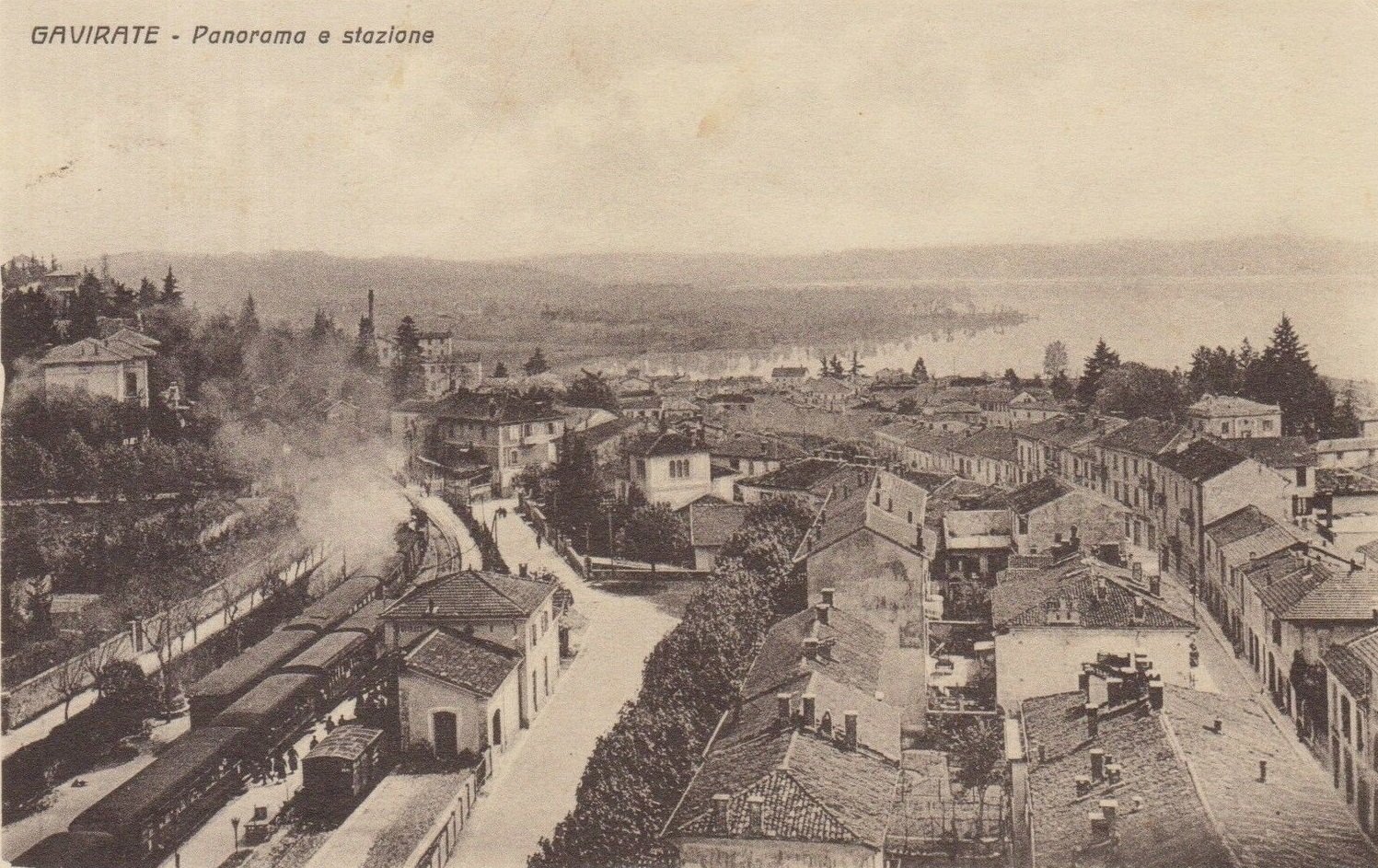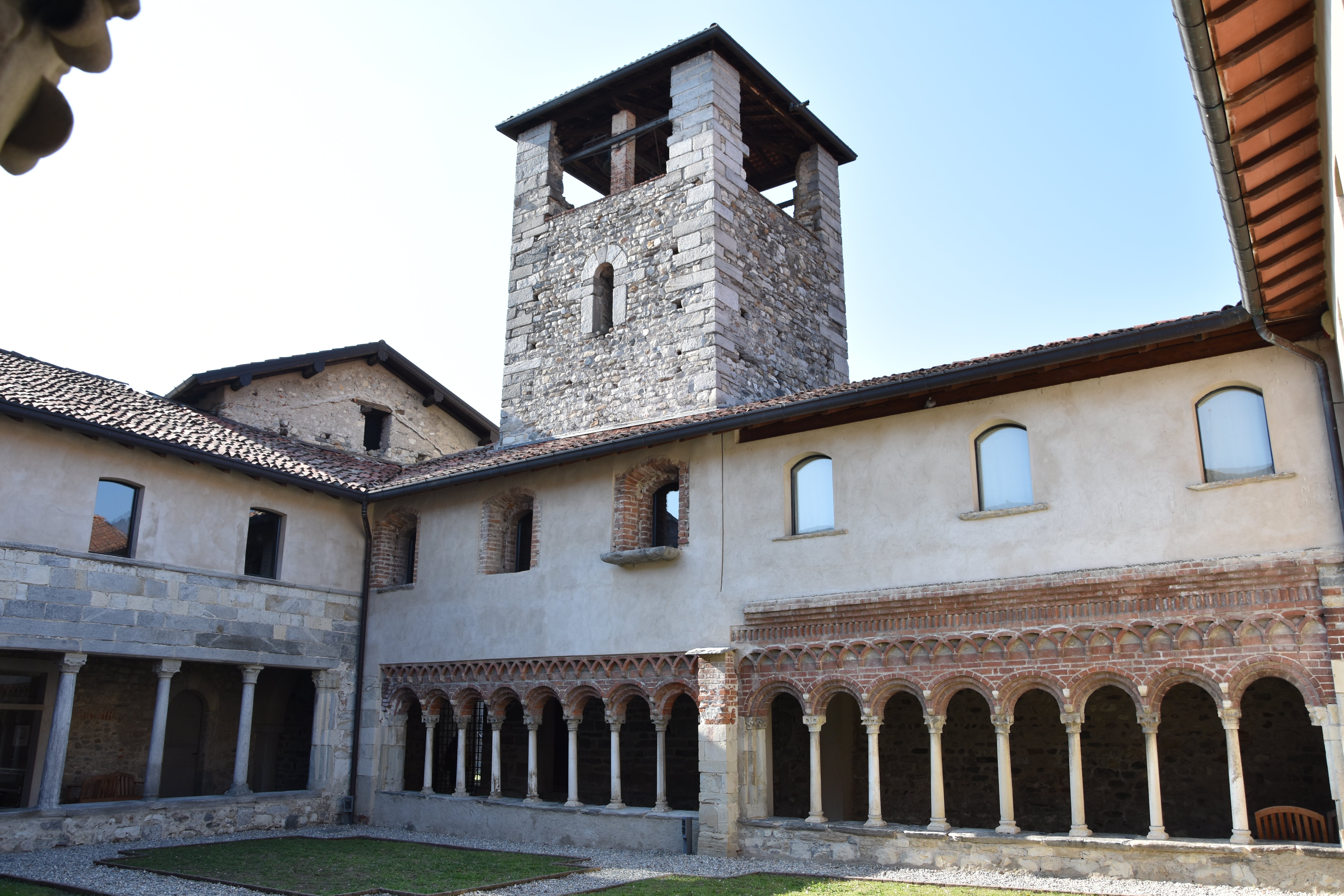Gavirate


Located in a commanding position along the shores of Lake Varese, which it once gave its name to, Gavirate is a town with ancient origins, whose glorious and still little-studied past has interesting surprises to offer. As can be seen today, it is characterised by the presence of a high number of historic centres, each of which has largely maintained its own identity. As well as the larger villages, Voltorre and Oltrona al Lago, which are part of the town of Groppello and which until 16 September 1927 were independent towns, Gavirate has as many as four independent town centres: Armino, Pozzolo, Fignano and Gavirate.
Between 1914 and 1940 Gavirate was the location for a stop on the Varese-Angera tramway, run by the Società Anonima Tramvie Orientali del Verbano. The other station at Gavirate, the Gavirate Verbano stop, is only in use during the school year.
Gallery

A train arriving at Gavirate station, 1910s 
A view of the station on a 1940s postcard 
Chiostro di Voltorre (2.3 km from the station): this is all that remains of an ancient monastic settlement, whose construction probably dates back to the 5th century. Much of the entire remaining complex consists of the cloister behind the church, built in the 12th century by Lanfranco da Ligurno. The old bell tower, still visible today, also dates back to the same period. This beautiful example of Romanesque art now houses modern art exhibitions.